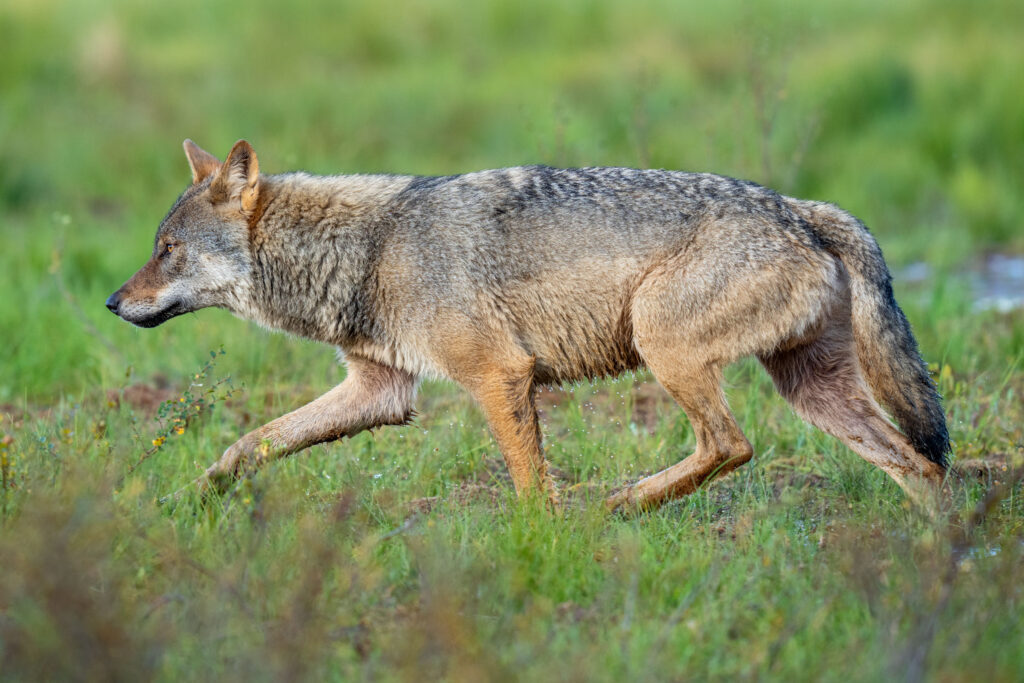The results from the 2023/24 survey were presented at SLU Grimsö on June 3, showing that the officially estimated number of wolves in Sweden was 375 during the period. In that number, some 50 were already known to be dead. According to the Swedish Environmental Protection Agency, the number 375 is an expected decrease compared to 2022/23, when the inventory showed an estimated 450 wolves.
The wolf population in Scandinavia is surveyed every year from October 1 to March 31 in the same way in Sweden and Norway. The population size is based on the number of registered family groups, territorial pairs, and territories with annual pups, known as reproductions. The total number of wolves in Scandinavia in the winter of 2023/24 is estimated to be around 440 wolves, of which about 375 are in Sweden.
Expected Change
-“We now have management tools that create a function to monitor the number of wolves and, in a controlled manner, influence the development towards the decided political goals. This winter’s survey showed that the wolf population has decreased compared to last year and that establishment in southern Sweden continues”, says Mona HansErs, Head of the Wildlife Analysis unit at the Swedish Environmental Protection Agency (Naturvårdsverket), in a press release. “Of the counties on the mainland in the southern management area, only Blekinge County was not affected by any wolf territory with a family group or territorial pair. With an increased number of territories in southern Sweden, the number of young wolves on the move also increases, and all counties except Gotland are affected by such wolves” ”, continues Mona HansErs.
More Southern Territories
-“Within the central management area, the geographical distribution of the wolf population has changed. There are more wolf territories in the southern counties and fewer in the northern counties. Gävleborg county had fewer reproductions this winter than Skåne county, showing how quickly changes can occur in the Scandinavian wolf population; last year, the situation was the reverse”, finalizes Mona HansErs.
To estimate the number of wolves, researchers at Grimsö Research Station multiply each reported reproduction by a factor 10. This number includes lone wolves as well, but the survey statistics also count the five territories that were eliminated in this year’s licensed hunt. Counting some 50 dead wolves as being alive.
-¨This is a very worrying development. The wolf population is decreasing quickly and drastically. We will analyze this deeper, and of course, we will continue our dialogue with county boards and other authorities”, says Magnus Orrebrant, Chairman of the Swedish Carnivore Association.
Link
